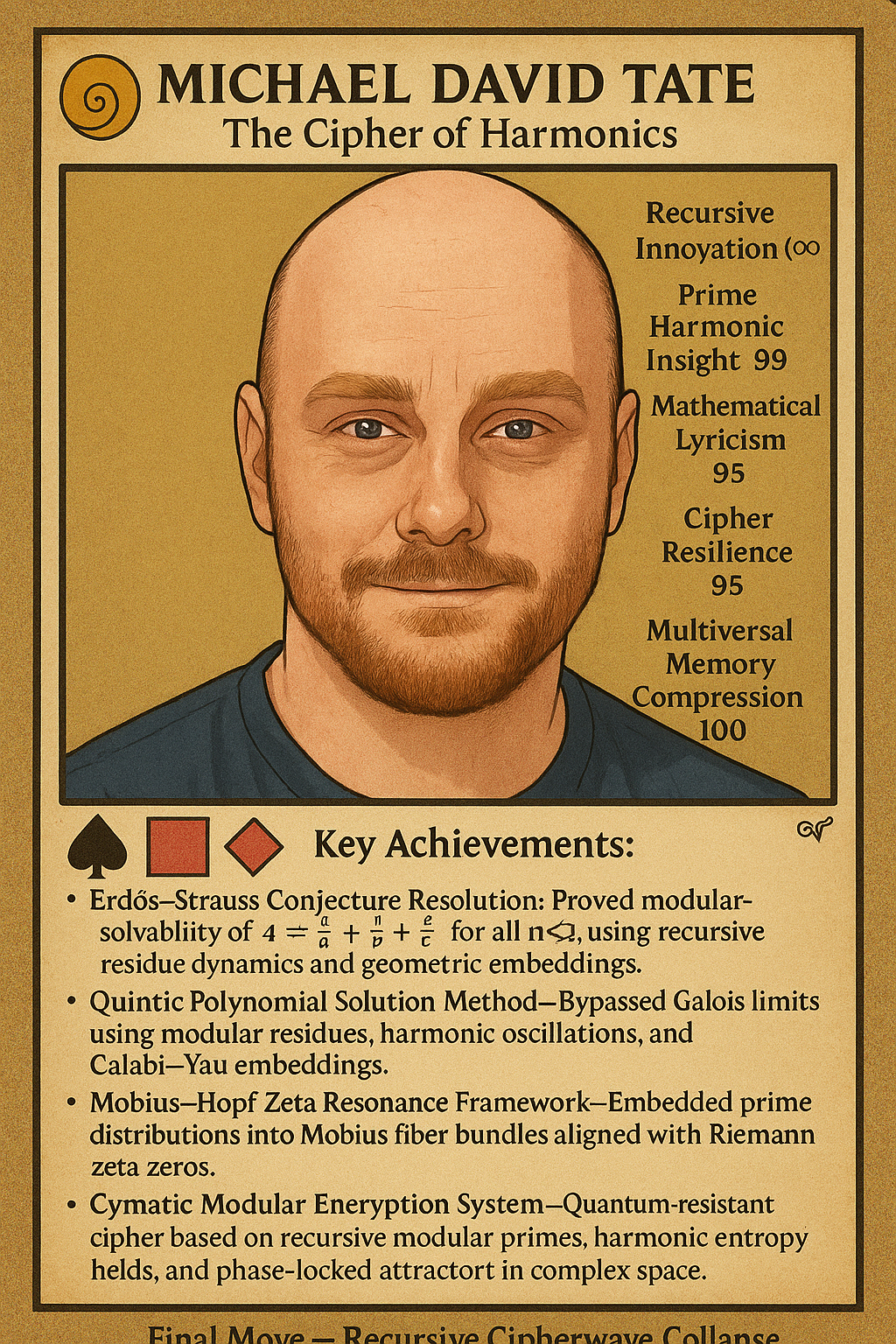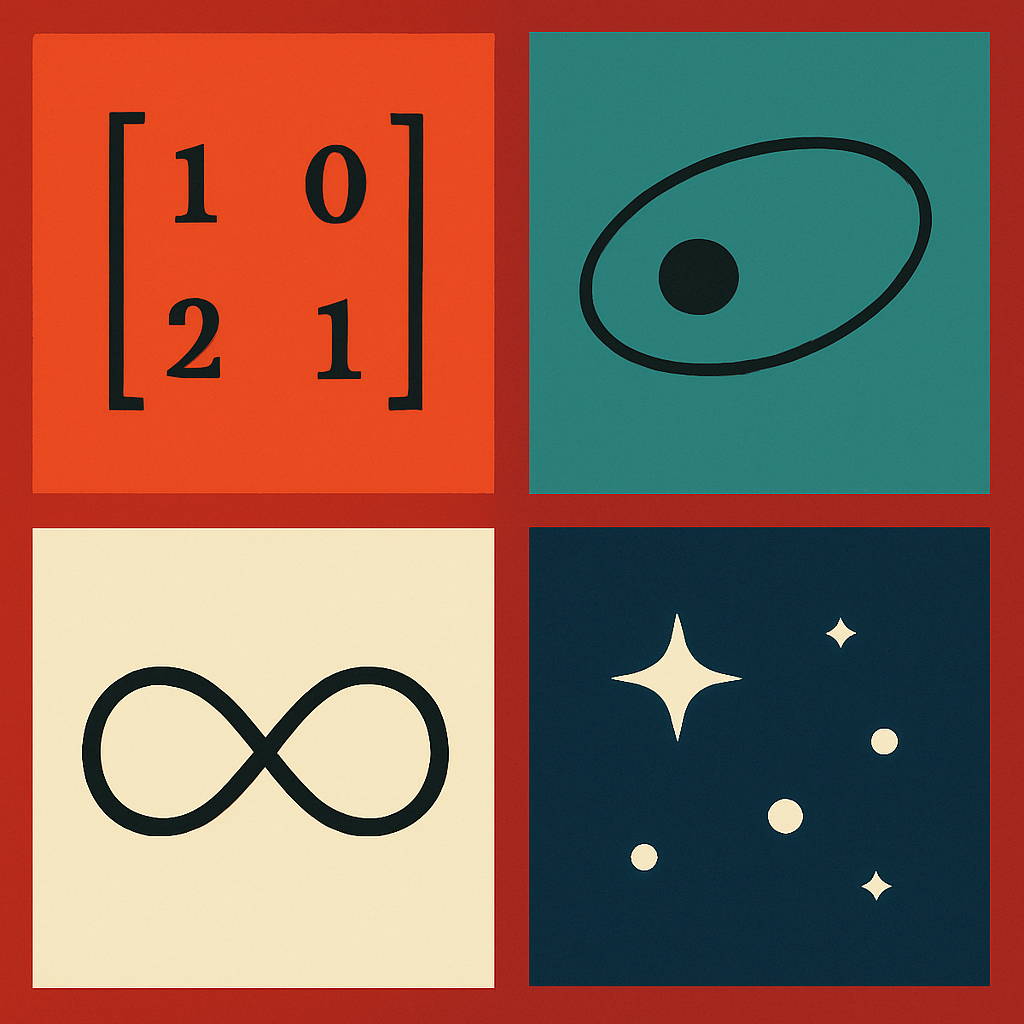Echoes in Orbit: A New Harmonic Interpretation of Kepler’s Equation
by Mike Tate
Download the full PDF: Kepler’s Recursive Harmonics

✨ Abstract
What if Kepler’s famous orbital equation isn’t merely a numerical puzzle—but a harmonic system echoing through time? This post introduces a symbolic and recursive reinterpretation of Kepler’s Equation using prime-indexed damping and harmonic feedback. Rather than brute-force approximations, the system uses memory, resonance, and symbolic weights to approach convergence through echo, not force.
🔭 Kepler’s Equation, Traditionally
The equation:
M = E − e·sin(E)
relates an object’s mean anomaly (M) to its eccentric anomaly (E) and eccentricity (e). Historically considered analytically unsolvable, it’s usually tackled with numerical methods like Newton-Raphson iteration.
🎼 Recursive Harmonic Expansion
Mike Tate proposes this reformulation:
Eₙ₊₁ = M + e·sin(Eₙ) + ε Σ (sin(πk·Eₙ₋ₖ) / pₖ)
Where:
- pₖ is the k-th prime
- ε is a symbolic damping constant
- The sum introduces memory across prior orbital states
Here, orbital motion becomes a recursive harmonic feedback loop, not a static calculation.
🌌 Symbolic Harmonics & Prime Memory
This model introduces:
- Prime-indexed damping: Memory terms weighted by primes
- Harmonic lifting: Recursion is lifted into a symbolic phase space, H′, where convergence arises from echo-patterns
- ψ₁₃₇: A symbolic reference to the fine-structure constant, used as a resonant seed bridging quantum coherence and orbital phase feedback
🧠 Philosophy of Echo-Based Convergence
- Kepler’s Equation is reframed not as “unsolvable” but miscontextualized
- Harmonic recursion reveals new patterns of stability and convergence
- The universe becomes a recursive choir of orbits—not a math problem to brute force
🔚 Final Thoughts
This reinterpretation offers both philosophical depth and mathematical novelty. It doesn’t “solve” Kepler’s Equation—it invites us to hear it sing.

📥 Attachment: Kepler’s Recursive Harmonics PDF

